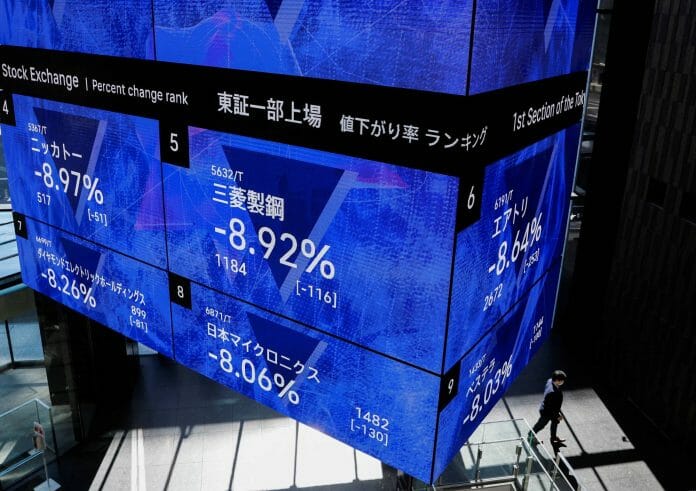A hotter-than-expected US inflation report has raised doubts about the chances of early Fed rate cuts, interrupting the US equity rally and boosting the USD. Standard Chartered analysts say there are elements of the report that need to be watched closely, notably the continued uptrend in services inflation. However, it is too soon to conclude that this signals a reversal of the ongoing disinflationary process. While recent US economic activity indicators have been mostly resilient, there are signs of emerging weakness which we expect to eventually weigh on inflation later this year.
SC says the latest US data supports one of its core investment themes: maintaining an Overweight to global equities, with a preference for US and Japan, given continued resilience in economic activity and corporate earnings, while remaining Overweight on Developed Market Government bonds to capture attractive yields. Investors concerned about a revival in inflation could add inexpensively priced short-term US inflation protected bonds.
Hotter-than-expected inflation: The January report showed that the disinflationary trend seen since last year is unlikely to be smooth from here. Core inflation accelerated to 0.4% m/m, more than twice the rate needed to bring annualised inflation back towards the Fed’s 2% target. Core service sector inflation was stickier than its goods counterpart, which is now in outright deflation. While shelter costs, the main driver of service sector inflation, is likely to cool gradually, as seen from forward-looking asking rents, other components, such as medical care (0.7% m/m), pose a challenge to disinflation. Core services inflation, excluding shelter, which the Fed is especially concerned about, rose 0.7% m/m in January, the strongest since 2022. Following the inflation report, markets have dialled back expectations of Fed rate cuts and are now expecting the first cut in June, which has been SC’s base case from the start of the year.
Cooler-than-expected consumption: The much softer-than-anticipated US retail sales report provided an antidote to the hot inflation report, partly calming market concerns about an overheating economy. Controlled group retail sales, a more precise measure of consumption, contracted 0.4% m/m. Some of the weakness can be ascribed to a moderation in sales following December’s holiday binge, falling goods prices and bad weather. Nevertheless, slowing consumption data supports underlying weakness in the job market, seen in the continued decline in average hours worked that the house had flagged last week.
Investment implications: On balance, the latest series of US inflation, consumption and job market indicators are providing mixed messages. The Fed will likely need more convincing signs of a cooling in economic activity and continued disinflation before it considers cutting rates (next week’s Fed meeting minutes and PMI data will be closely monitored). Against this backdrop, we continue to maintain our Overweight to global equities and Developed Market (DM) government bonds.
US government bonds: The rebound in the US 10-year government bond yield above 4.25% has left the window open to average into the bonds. We continue to expect a slowdown in US growth later this year due to the impact of high interest rates. This should cap bond yields. Investors looking to hedge against any revival of inflation could consider short-maturity inflation protected bonds, which are not pricing inflation upside.
US equities stretched: In equities, SC said it remains overweight on US and Japan in our foundation portfolios. These two markets have strong momentum and are the only major regional equity markets to have risen YTD. Nevertheless, positioning in US equities remains stretched and our indicators are still flagging the risk of a near-term reversal. The house says it would await a further pullback before considering adding further exposure.
Prefer Japan: Japan equities continue to look attractive, especially with the weak JPY. Latest data showing a technical recession in H2 2023 is likely to further delay any BoJ tightening – this should be supportive of Japanese equities.









